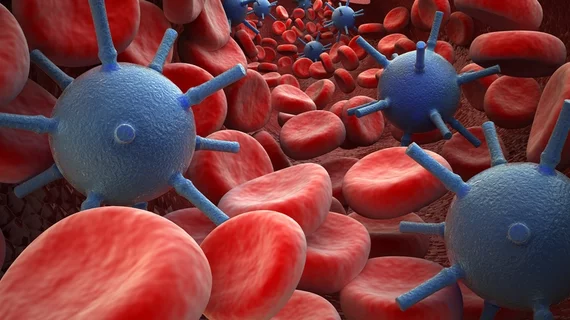A team of U.S. researchers has discovered what they call the “Big Bang” of Alzheimer’s disease, according to a July 10 eLife study.
What they’ve uncovered is the exact point at which a normal, healthy protein becomes toxic but has yet to form tau tangles. The University of Texas Southwestern O’Donnell Brain Institute-led study determined tau molecules can shape-shift, allowing areas normally folded inward to expose themselves and stick to other tau proteins, forming tangles which kill neurons.
“We think of this as the Big Bang of tau pathology,” said Marc I. Diamond MD, with UT Southwestern in a release. “This is a way of peering to the very beginning of the disease process. It moves us backward to a very discreet point where we see the appearance of the first molecular change that leads to neurodegeneration in Alzheimer’s.”
The team extracted tau proteins from people with and without Alzheimer’s disease and isolated them as individual molecules. Mass spectrometry was used to visualize the folding pattern exhibited by the "bad" proteins, according to authors.
Diamond and colleagues also grew simple human cells that were designed to react to the bad form of tau, the part of the protein that becomes exposed and begins building toxic tangles.
According to the release, the team plans to develop a basic clinical test that examines blood or spinal fluid to identify the early biological signs of abnormal tau.
“The hunt is on to build on this finding and make a treatment that blocks the neurodegeneration process where it begins,” Diamond said. “If it works, the incidence of Alzheimer’s disease could be substantially reduced. That would be amazing.”

